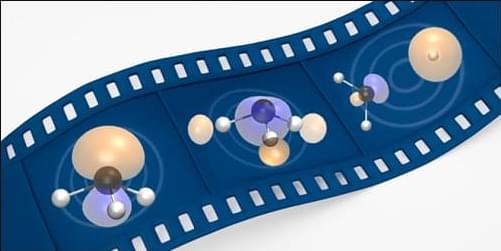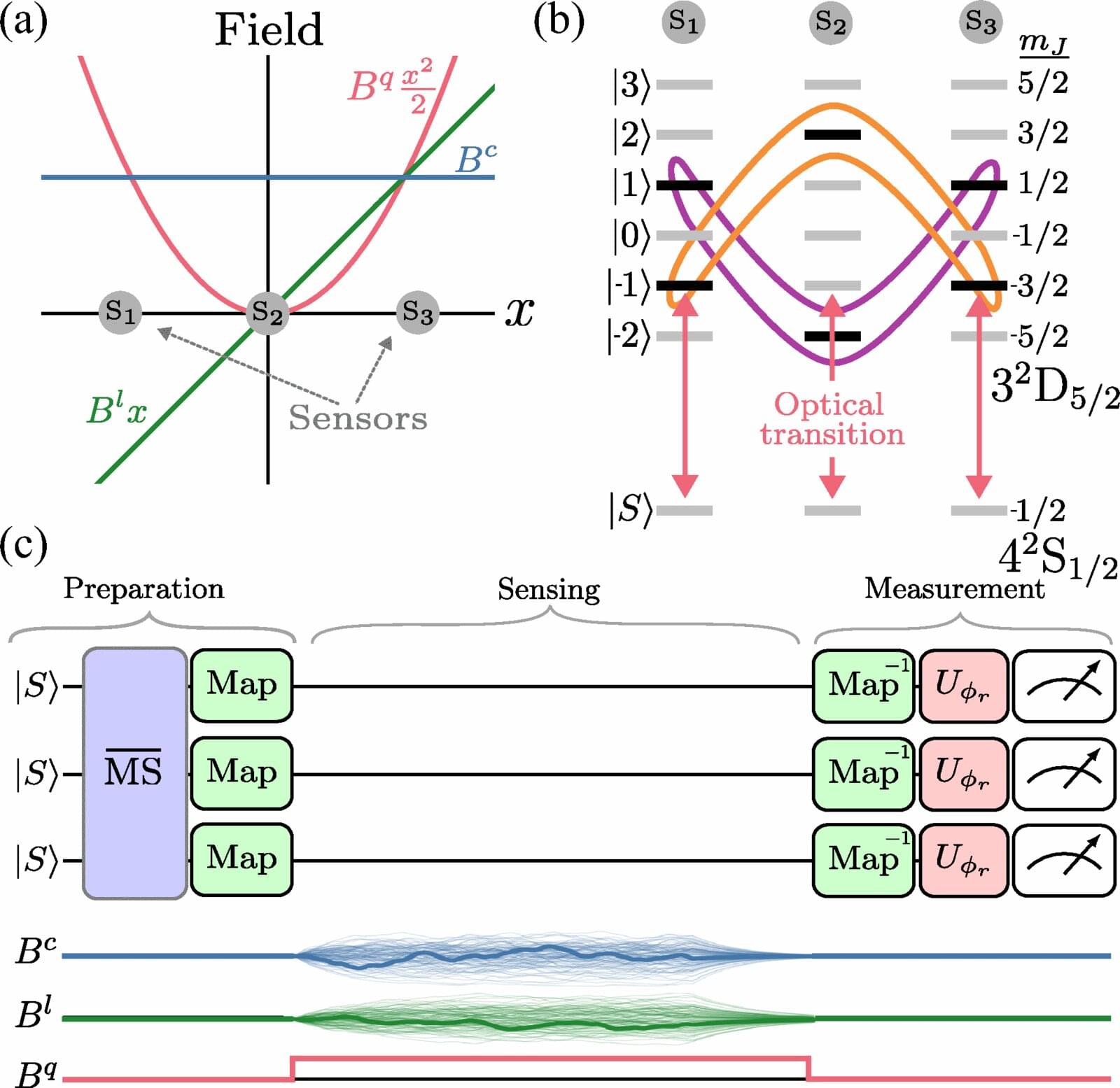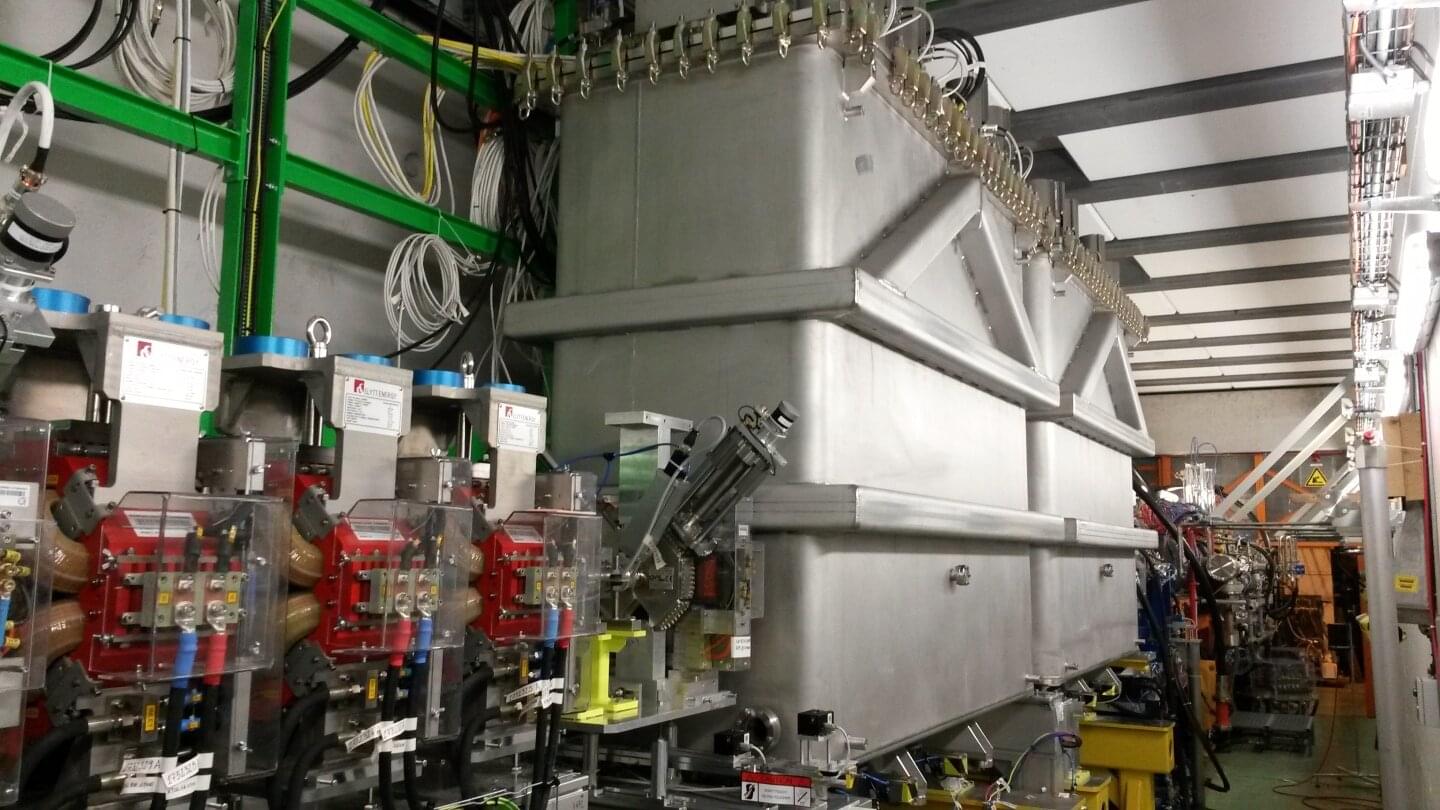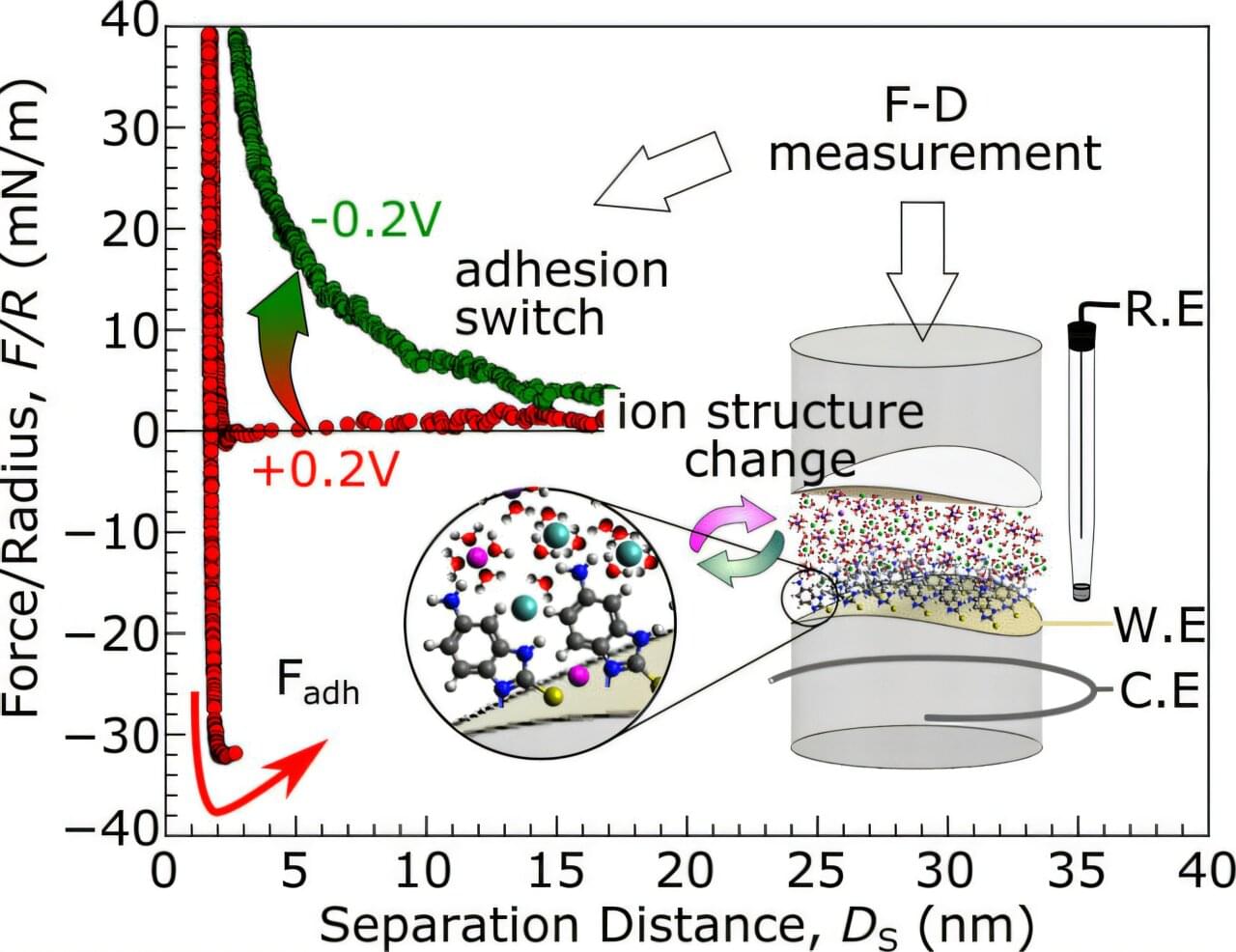Scientists from Turkey have designed a next-generation implantable biosensor using genetically engineered E. coli for molecular-level monitoring within the body that runs on its own, wirelessly, with no external batteries required.



The police in Poland arrested three Ukrainian nationals for allegedly attempting to damage IT systems in the country using hacking equipment and for obtaining “computer data of particular importance to national defense.”
The three men, aged between 39 and 43, could not explain why they were carrying the electronic devices. They now face charges of fraud, computer fraud, and possession of devices and software intended for criminal activity.
According to the police, the Ukrainians “were visibly nervous” when officers stopped them and said they were heading to Lithuania while traveling around Europe.
Check out courses in your favorite subjects with Brilliant! Start learning for free at https://brilliant.org/sabine/ and get 20% off a premium subscription, which includes daily unlimited access!
Spintronics is short for “spin electronics,” and refers to the study of the spin of the electron. In electronic devices, spintronics leverages the spin of electrons to process and store data with extreme efficiency – this technology is just a few years from reaching the consumer market, and will make your devices faster and more efficient. For a price, of course. Let’s take a look at how spintronics got here and where it’s going.
👕T-shirts, mugs, posters and more: ➜ https://sabines-store.dashery.com/
💌 Support me on Donorbox ➜ https://donorbox.org/swtg.
👉 Transcript with links to references on Patreon ➜ / sabine.
📝 Transcripts and written news on Substack ➜ https://sciencewtg.substack.com/
📩 Free weekly science newsletter ➜ https://sabinehossenfelder.com/newsle… Audio only podcast ➜ https://open.spotify.com/show/0MkNfXl… 🔗 Join this channel to get access to perks ➜ / @sabinehossenfelder 📚 Buy my book ➜ https://amzn.to/3HSAWJW #science #sciencenews #spintronics #tech #technews #technology.
👂 Audio only podcast ➜ https://open.spotify.com/show/0MkNfXl…
🔗 Join this channel to get access to perks ➜
/ @sabinehossenfelder.
📚 Buy my book ➜ https://amzn.to/3HSAWJW
#science #sciencenews #spintronics #tech #technews #technology




The Korean National Police have arrested four individuals suspected of hacking over 120,000 IP cameras across the country and then selling stolen footage to a foreign adult site.
Although the suspects or the websites haven’t been named, the police are already taking action against viewers of the illicitly gained content, as well as the operators of the website, through international collaboration.
“The National Office of Investigation announced that four suspects who hacked over 120,000 IP cameras installed in private homes and commercial facilities and sold the stolen footage on an overseas illegal website have been arrested,” reads an announcement from the National Office of Investigation.

Researchers at the University of Innsbruck have shown that quantum sensors can remain highly accurate even in extremely noisy conditions. It’s the first experimental realization of a powerful quantum sensing protocol, outperforming all comparable classical strategies—even under overwhelming noise.
The study has been published in Physical Review Letters.
Quantum sensors promise unprecedented measurement precision, but their advantage can quickly erode in realistic environments where noise dominates.

The Isotope Separator On-Line facility (ISOLDE) directs a proton beam from the Proton Synchrotron Booster (PSB) onto specially developed thick targets, producing low-energy beams of radioactive nuclei—those with too many or too few neutrons to be stable. These beams can be further accelerated to energies of up to 10 MeV per nucleon using the HIE-ISOLDE linear accelerator, enabling a wide range of studies.
The HIE-ISOLDE beams are sent to three experimental stations: the Miniball array of high-purity germanium gamma-ray detectors, the ISOLDE solenoid spectrometer (ISS), which repurposed a former MRI magnet, and the scattering experimental chamber (SEC), used for a broad variety of physics experiments. Since its first experiment in October 2015, HIE-ISOLDE has been pushing back the boundaries of nuclear physics. To celebrate its 10th anniversary, we look back at 10 key achievements that have defined its first decade.

What if a surface could instantly switch from sticky to slippery at the push of a button? By using electricity to control how ions and water structure at the solid liquid interface of self-assembled monolayers of aromatic molecules, researchers at National Taiwan University have created a molecular-scale adhesion switch that turns attraction on and off.
Why do some surfaces stick together while others repel each other? At scales far too small to see with the bare eye, this question is controlled by a complex interplay of intermolecular forces that arise when charged particles, called ions, and water organize themselves at the boundary between a solid and a liquid.
Understanding and controlling this behavior is essential for technologies ranging from lubricants and coatings to sensors and electronics.